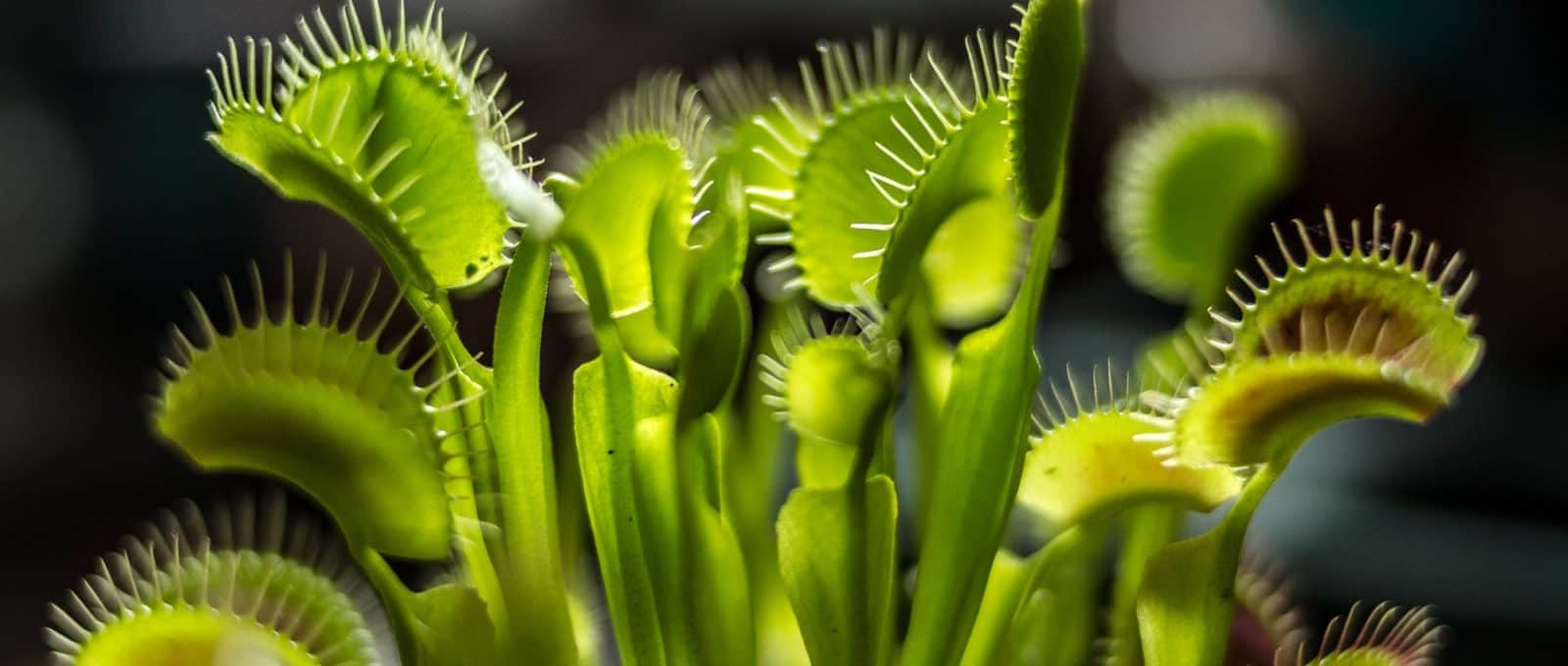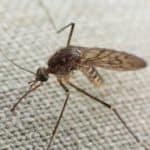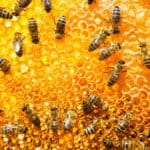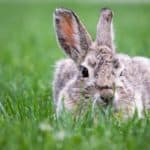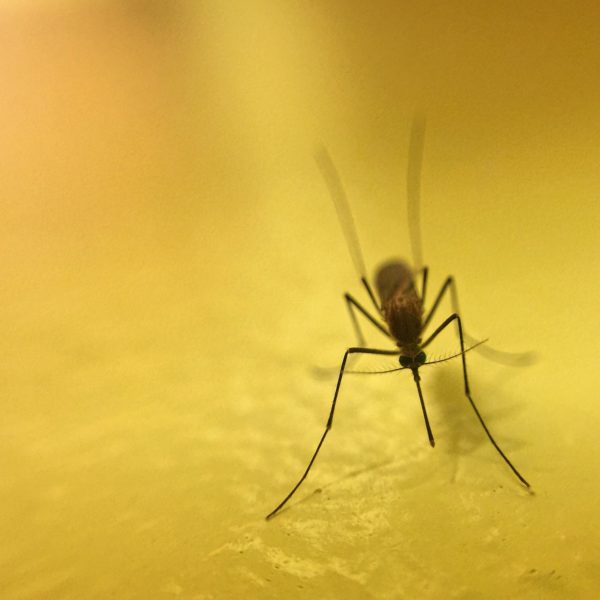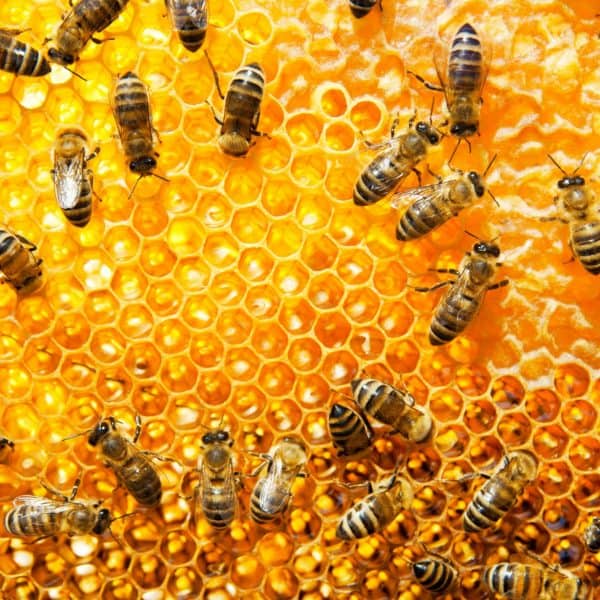Don’t Bug Me – 12 Houseplants That Will Keep Pests Away Your home is the place where you hang your hat and put up your feet after a long day. Sharing a space is never easy, especially if it’s with creeping, crawling, critters. There’s nothing worse than cockroaches, ants, or spiders, lurking in cabinets and crawling across your floors. They leave behind a trail of bacteria and feces that is harmful to anyone that encounters it.
Using Nature to Combat Pest Problems
Prevention is the key to taking care of pest issues. Once they move into your home, it’s difficult to get rid of them. Thankfully, you don’t need harmful chemicals and invasive methods to tackle these critters; you can use nature. It may sound a bit shocking, but houseplants are the key to keeping your home bug free.
Mother Nature gives you everything you need to ensure your home is a happy, clean, bug-free zone. Not only will your house smell better, but plants enhance the area with a pop of color, and they help add oxygen to any space. Here are a few plants you need in your abode.
• Venus Flytrap
Don’t let the fact that there are horror movies about this plant deter you. The Venus flytrap is a member of the carnivorous family. These hungry plants will eat anything that lands on the leaves. Their scientific name is muscipula, which is a Latin term that means mousetrap. If you are annoyed by flies, gnats, or other flying insects, they are an excellent foliage to have.
The key to their mouth is the tiny hairs that line the leaves. These small hairs are sensors that let it know when an invader is present. When a bug barely touches the hair of the plant, it triggers a reaction that causes it to close. Surprisingly, it’s one of the few vegetations that has an active digestive system. Once a bug lands on the leaves, it becomes a quick meal. They grow to be about six inches tall, and they thrive best in an indoor environment. Plus, they make an interesting conversation piece.
• Chrysanthemums
The worst bugs to move into your home are bedbugs, roaches, ticks, fleas, and silverfish. Thankfully, when you add a prolific flower to the mix, you can remove toxins and keep these pests at bay. Did you know that Chrysanthemums are a symbol of joy and hopefulness in many cultures? The Japanese love it so much that they have a festival each year to celebrate them. They’re easy to grow, and their beautiful, daisy-like flowers add a burst of color. They come in several shades from white to burgundy.
• Catnip
You don’t need to be a member of the feline family to enjoy the benefits of catnip. This plant produces an essential oil that can repel cockroaches and kills mosquitos better than any chemical spray available. The nepetalactone in this plant is great for making herbal teas and other treats. Cats aren’t the only ones that benefit from this plant as it has soothing properties that can be helpful with insomnia too.
• Citronella
One cannot speak of pest deterrent plants and not mention citronella. This foliage is often dubbed “mosquito plant” due to its ability to repel mosquitos. As a member of the lemongrass family, citronella has a strong aroma that many bugs find repugnant.
Not only can you rub the leaves into your skin to keep yourself from being bitten by mosquitos outside, but you can put it close to your doors to keep them away from the inside. Candle varieties don’t have near the potency of the plant, so adding this one to your collection is a wise investment.
• Chinese Evergreen
The Chinese Evergreen is a beautiful plant that produces a fragrant aroma. It’s the perfect addition to your home, especially if you don’t have a green thumb. It doesn’t require much sunlight, and it doesn’t need the hands-on-touch many foliages do. The smell is quite repugnant to insects, so they stay away.
The leaves of the Chinese Evergreen have some slight variegation, and the plant produces a white flower with small berries. It does perfectly fine inside, and it can be a stunning addition to your collection. However, if you have pets, then this is one plant you should avoid. It’s highly toxic to animals, and it can kill them.
• Cast Iron Plant
The Cast Iron Plant is a native of Japan and Taiwan. It’s known for its hardy nature, and it makes an excellent houseplant that can survive long periods without water or care. As a member of the Lilly family, this plant tends to grow slow but has an amazing green color. It’s not harmful to pets or people, but the bugs hate the smell that comes from the leaves. It will keep anything from a cockroach to an ant at bay.
• Jade
Jade is often called a money tree, and many admire this lucky plant. It produces flowers that are either pink or white, but the flesh like leaves have a sap that is distasteful to bugs. This low maintenance plant is best placed on a windowsill, and as a bonus, you can easily proliferate this beauty by taking a leaf and soaking it in water. Having one of these plants is a life-time commitment as they live for so long that many are passed down from generation to generation.
• Lavender
Lavender is a beautiful, fragrant plant that is highly revered for its ability to reduce stress and ease anxiety. While you may enjoy the sweet aroma this flower produces, the scent is quite deterring to fleas, beetles, and even rodents. Simply place one of these purple wonders wherever you may have incoming pests, and the bugs will stop dead in their tracks. Plus, you can always use it to create an essential oil that has many other uses too.
• Dracaena
You can feel like you’re in the tropics when you bring the Dracaena plant indoors. They are similar in appearance to the palm tree, and they come in many different varieties. You can find burgundy, cream, yellow, or white-edged plants.
These are most often seen in the southern states where humidity is commonplace. These plants thrive on moisture, so keeping them in your kitchen or bath can help to prevent pests from these areas. The leathery leaves are a natural insect repellent.
• Basil
Basil is a fragrant herb that is used to flavor pizza, soups, salads, and many other dishes. It smells and tastes great. Adding an herb garden to the windowsill in your kitchen can have many benefits. First, you can use it to enhance your cooking, and second, it will help to keep those pesky flies away. Put a little pot of basil next to your front and back doors to ensure flies are no problem for you. Since it’s so easy to grow, you don’t have to worry about excessive pampering either.
• Marigolds
Marigolds are a bright, cheerful flower that comes in hues of yellow and orange. They are commonly seen outside in landscapes, but they also make great houseplants. Since they love sunlight, you will need to incorporate them in a box or planter next to a window. However, the strong smell will most certainly keep away things like rodents and pesky mosquitoes.
• Snake Plant
You may know the snake plant by its nickname, the mother-in-law’s tongue. These plants can get quite tall and reach several feet in height. They don’t grow outwards but rather upwards. They are straightforward to maintain, so no green thumb is needed. The leaves have a texture that is like leather, and they come in many different varieties.
You can find yellow, cream, or olive-colored leaves with various variegated designs. There is scarcely a bug that can stand these plants, so they make a great addition to repel pests.
Pests and Rodents Don’t Stand A Chance
As you can see, there are many benefits to growing houseplants. Studies have shown that they can make the air quality in your home cleaner and better for your lungs. Did you know that the pollution inside your home is up to five times higher than what’s on the outside? Things like pet hair, mold, pollen, fungus, cleaning supplies, and hygiene aids all bring chemicals and toxins inside, and they affect your breathing.
Plants help to purify the air by absorbing these toxins. Many people are surprised to learn that NASA takes this scientific research so seriously that they include plants aboard every space mission. If NASA trusts Mother Nature, why shouldn’t you? There’s no safer way to eliminate pests from your home than adding some foliage.

